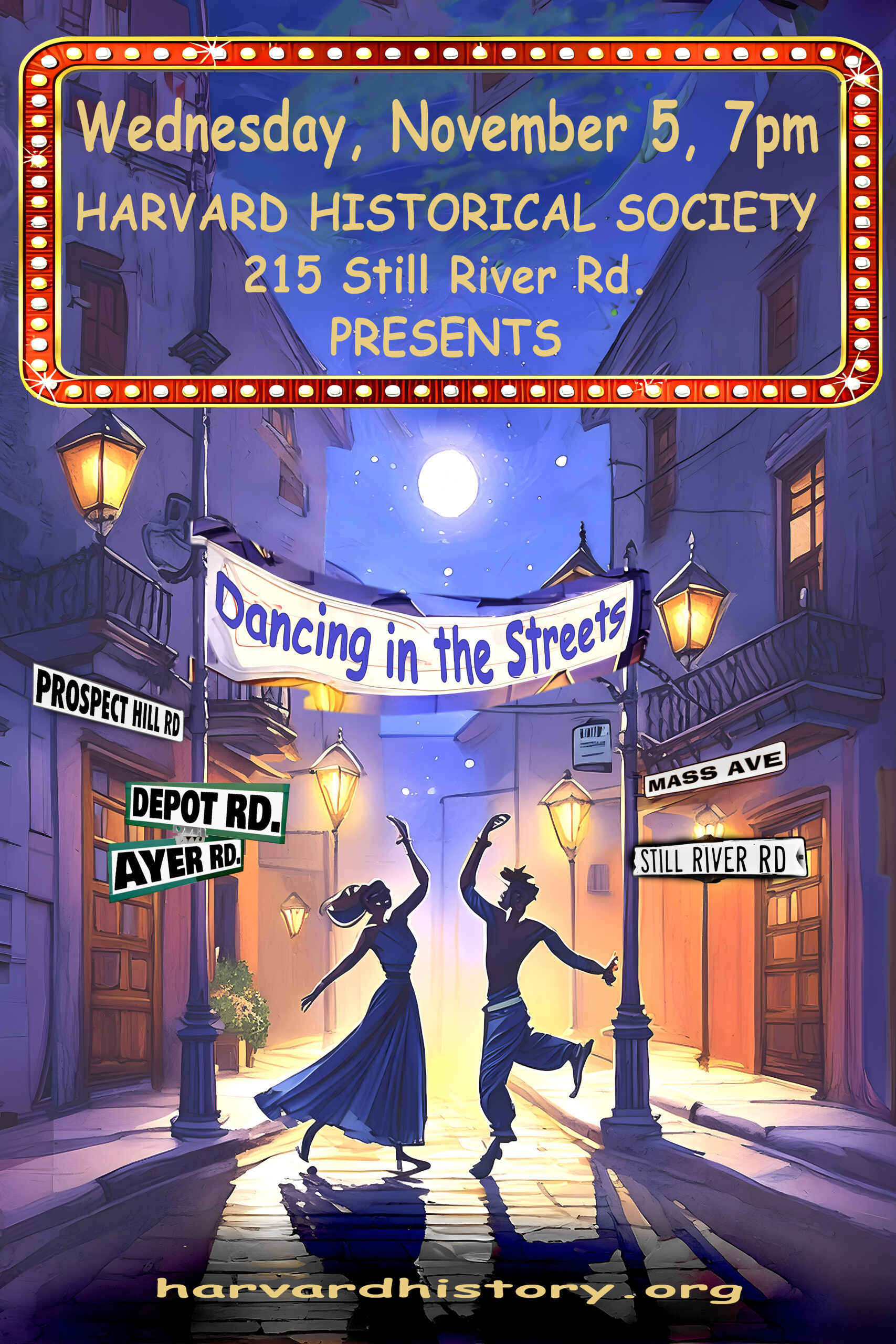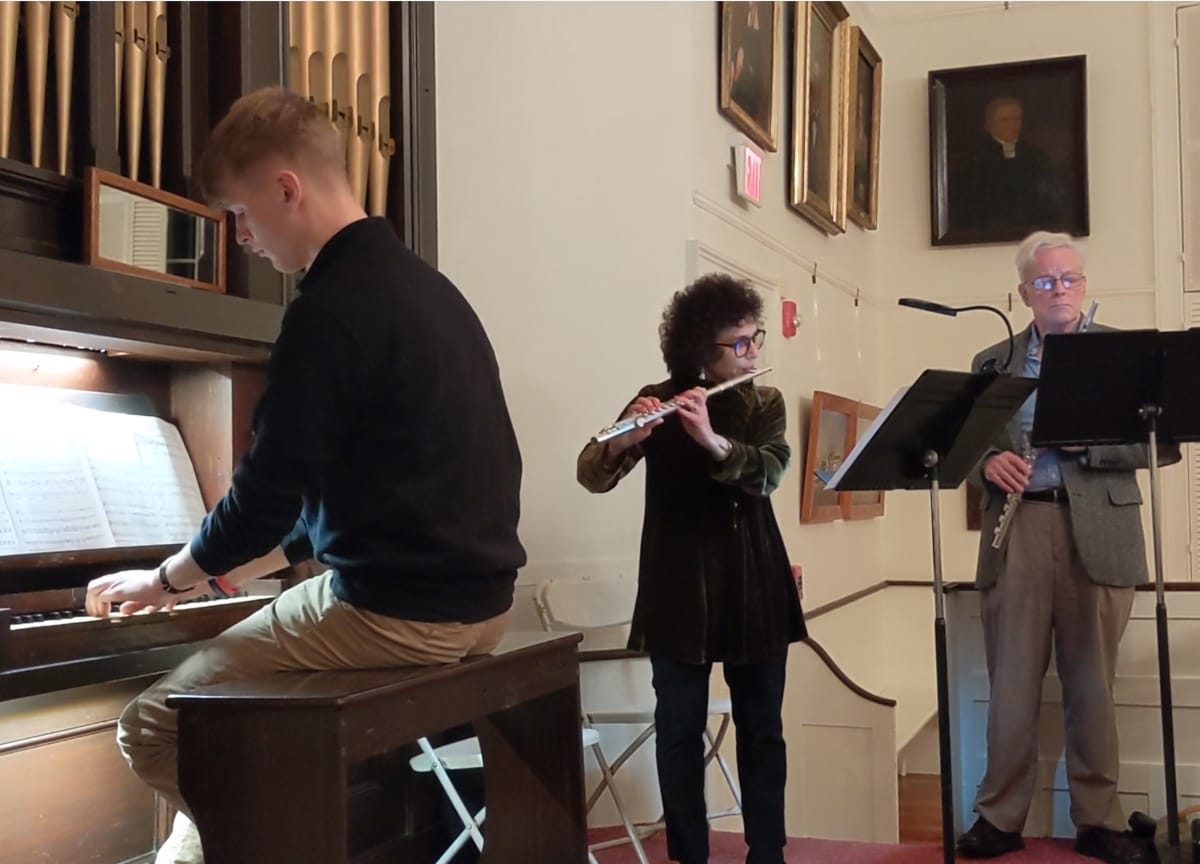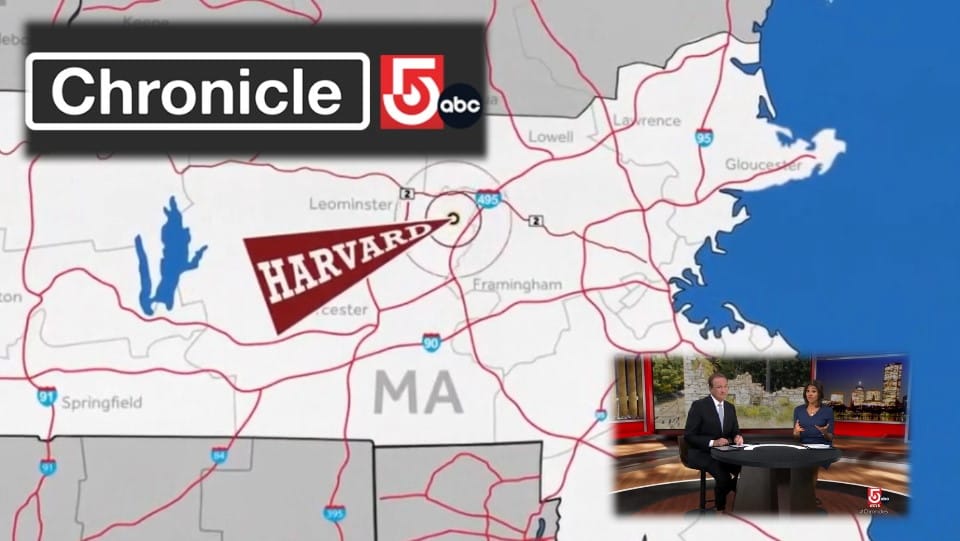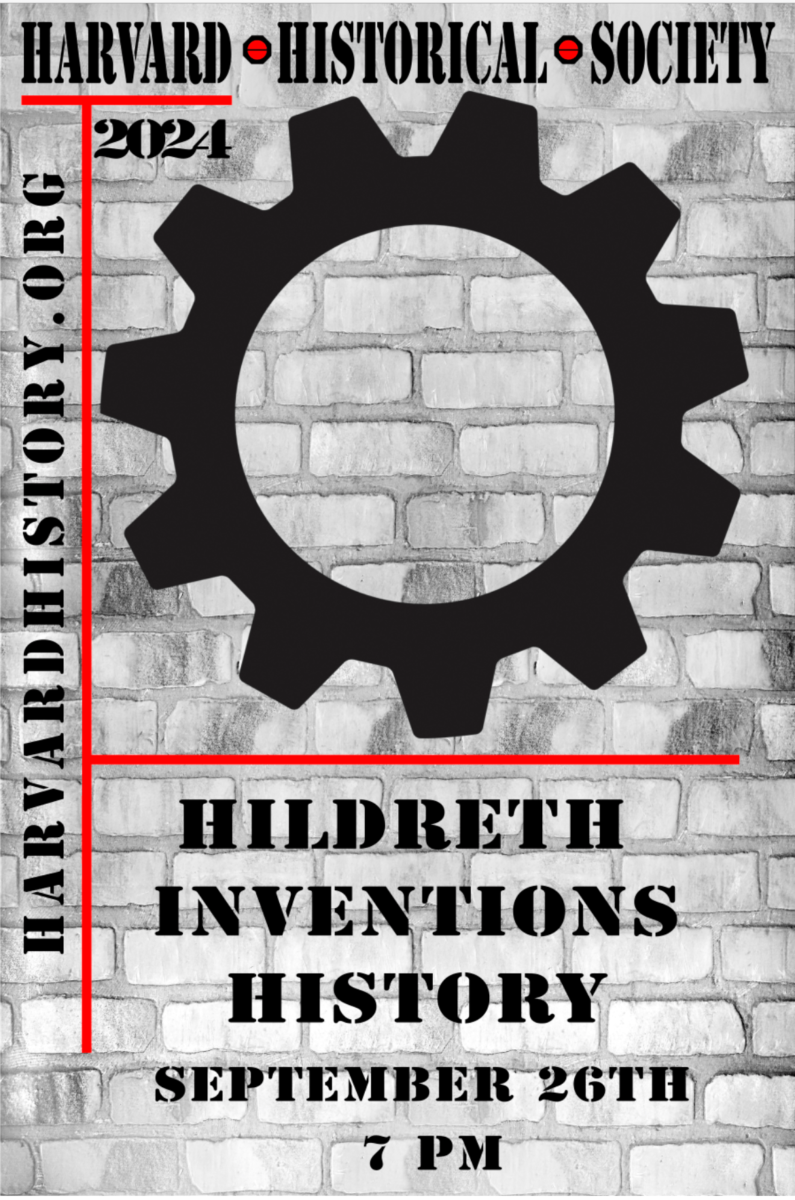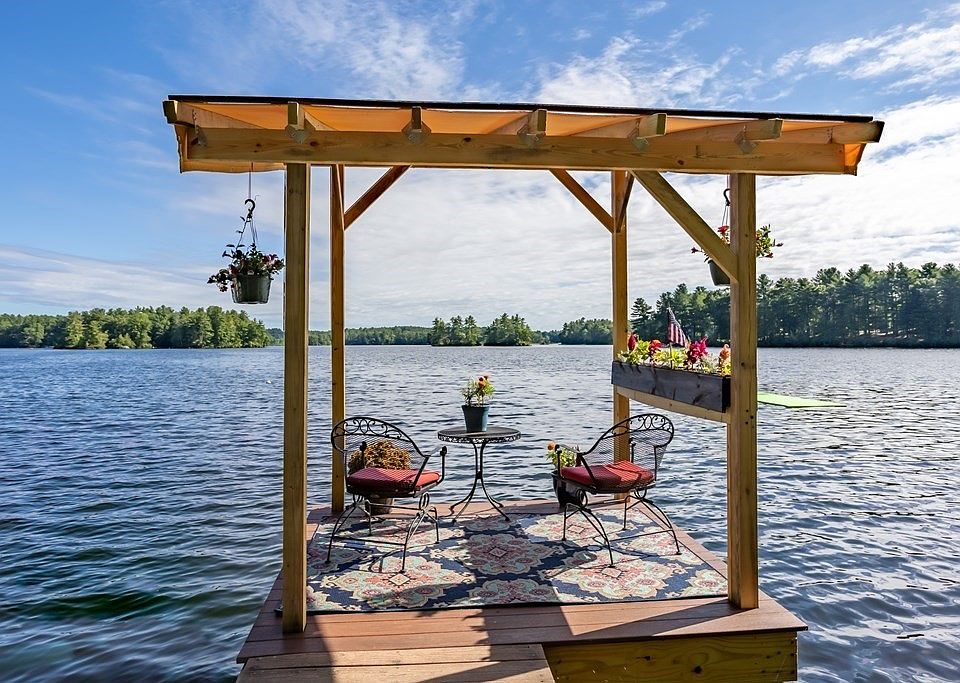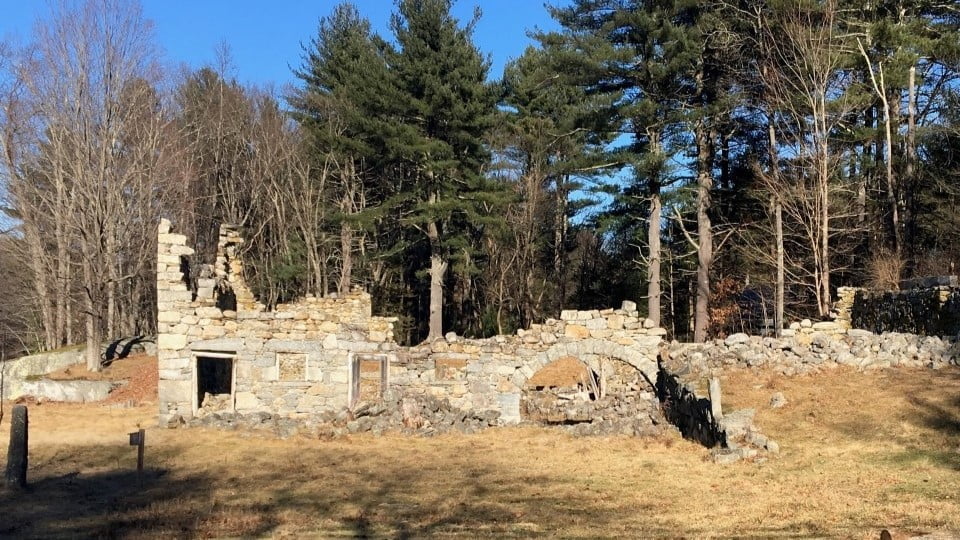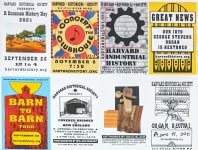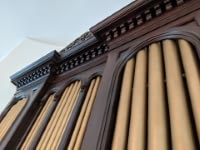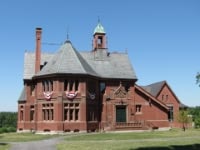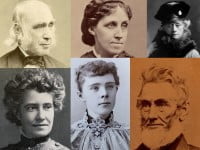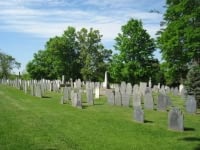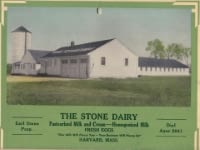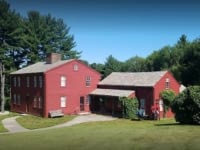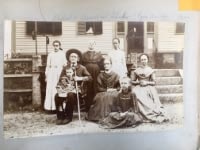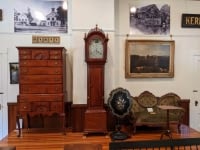Historic House Renovation
Was on
Thursday May 9, 2024
McColgan’s house restoration journey expertly examines our relationship to history through the homes we inhabit, beautifully articulating the philosophy of preserving the past to find purpose for the future. “The journey of his old house is a joyous trip well told with warmth, reverence, and curiosity that will delight,” according to the host of “This Old House.”
Historical Society hosts preservationist and author of ‘A House Restored’
From the Harvard Press, by CARLENE PHILLIPS
“My house is not just a thing. It is an extension of my physical body and my sense of self that reflects who I was, am, and want to be.”
— Karen Lollar as quoted in “A House Restored”
Anyone interested in old houses, craftsmanship, historic preservation, or just a really good story will find all those at the Historical Society’s Thursday, May 9, program at 7 p.m. in the Meetinghouse, 215 Still River Road. Preservationist Lee McColgan will talk about his recent book, “A House Restored: The Tragedies and Triumphs of Saving a New England Colonial.” It is the story of how McColgan restored an 18th-century farmhouse in Pembroke and of all he learned in the process—about history, building, and himself.
In a phone conversation, McColgan said that after years of success in the corporate world, he left to pursue his passion for building and historical preservation. As he delved into preservation work, he came to realize the subject is more polarizing than he had thought. On one hand is the old-house fan club and on the other are those people who want to tear down old buildings to make way for more modern and efficient ones. Wanting to be an advocate for the former, McColgan decided the best way to do that was through a personal narrative of the work he did to save his own home.
He and his wife bought the old house during a summer. It clearly needed some work, and his wife wanted it fixed up by a little over a year from then—she was planning a large Thanksgiving gathering in the “new” house. McColgan decided to first tackle a corner of the kitchen that he thought needed just some cosmetic work. He discovered the problem was more serious—in fact, a corner of the frame had crumbled away, threatening to collapse the structure. The damage was behind plaster and so had been missed in the house inspection. Determined to do authentic restoration, McColgan sought out a place to learn the art of timber framing. He found it at the North Bennet Street School in Boston, where he took a course.
The work went on like that. McColgan would go to fix something and discover the repair was much more complex than he had thought. He would find a preservation specialist in that material to learn how to do the work. In the restoration process he learned not only how to fix the problems of his own house but he also learned the history of how a house was built in the 18th and early 19th century, the principles, materials, and methods.
Restoration of the farmhouse involved six building elements—wood, stone, iron, glass, limestone, and brick. In his book, McColgan devotes a chapter to each of these, describing the problem, the person he found to help him, and the period materials and craftsmanship involved in the fix. He recounts the frustrations and also the successes. And all the time, that Thanksgiving deadline loomed.
McColgan said that often in the process he asked himself why he was doing this. Why did preservation matter? In the book he tells of an experience where he watched some Tibetan monks working on a sand mandala, a long and complex process in which colored sand is funneled into grooves to create an intricate, sacred pattern. What fascinated him even more than the art was the fact that when they had finished, the monks would gather the sand in a jar and empty it in the nearest river or stream. McColgan was astonished at their acceptance of the impermanence of material things, of the letting go. And then he asked himself why he is the exact opposite. Why hold onto something? Why does saving matter?
During the time he was working on his old home, McColgan was constantly reaffirming for himself the “Why?” He believes history informs and connects us. “Like an old book, an old house preserves our stories.”
“A House Restored” will be on sale at the program for $25, cash or check.
by Carlene Phillips, printed in the Harvard Press
Copyright Harvard Press, LLC, 1 Still River Road, PO Box 1, Harvard, MA 01451, 2025.
This work is licensed under a Creative Commons Attribution-NonCommercial-NoDerivatives 4.0 International License


